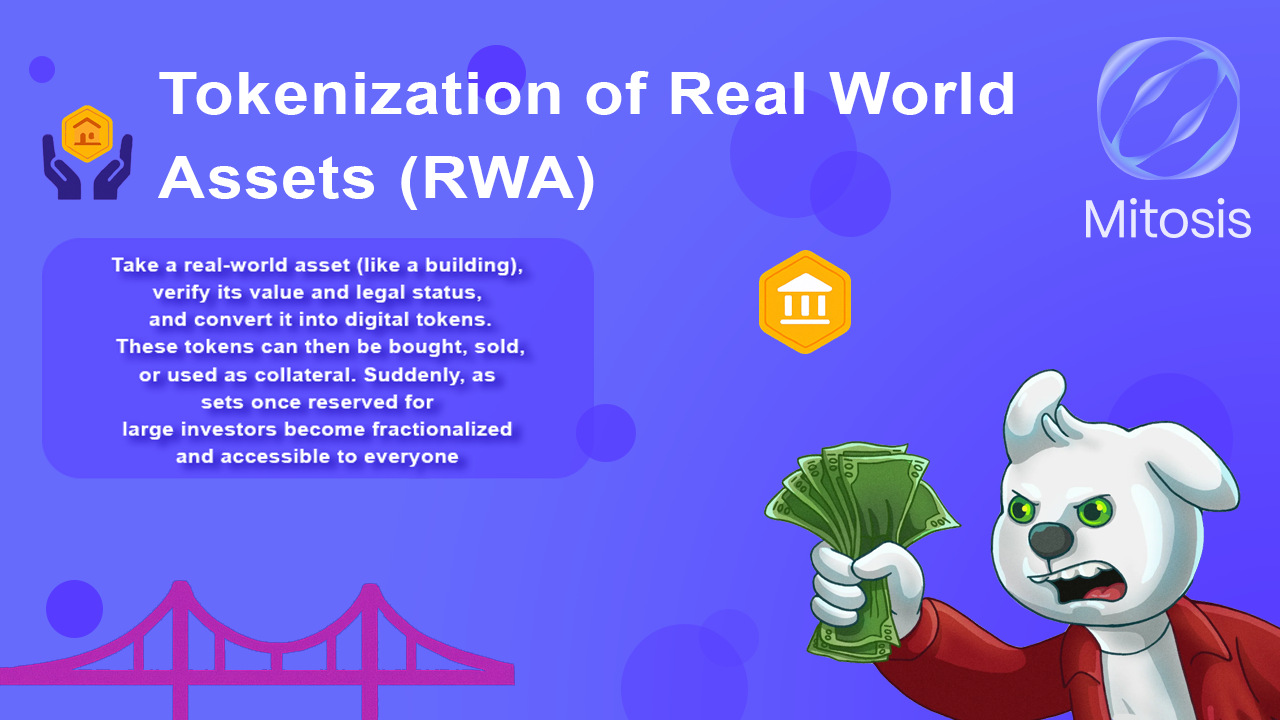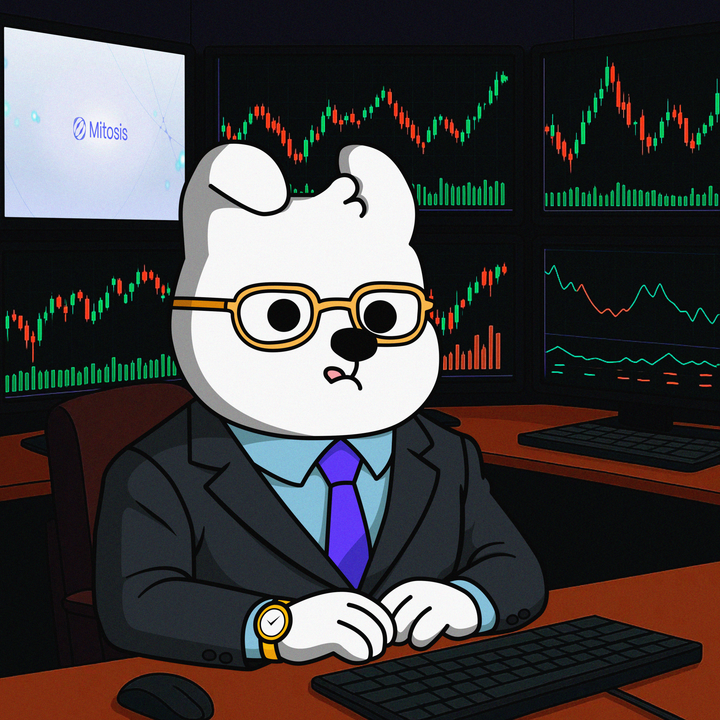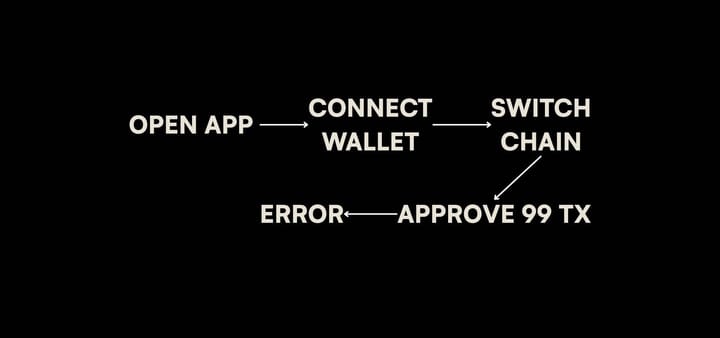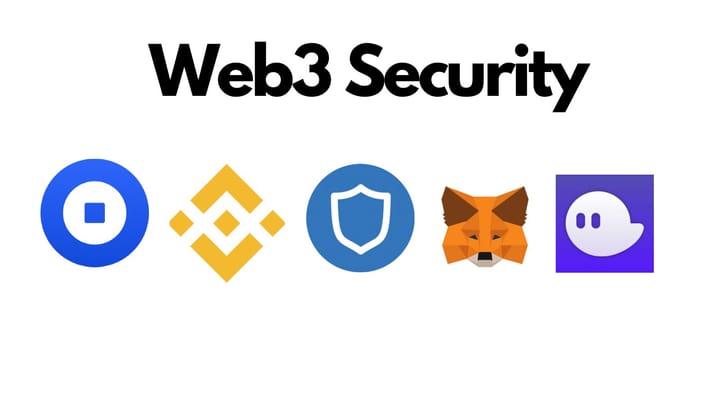Tokenization of Real World Assets (RWA): How Blockchain Is Opening the Doors to Traditional Finance

When people hear "crypto," many still think of speculation, volatility, and meme tokens. But a powerful new trend is emerging that could reshape the global economy — tokenization of real-world assets, or RWA.
So, what is it?
Imagine owning a slice of an apartment, factory, or even a bottle of rare wine — without buying the whole thing. That’s what tokenization makes possible. These tokens aren’t just images — they represent real ownership of physical assets, made accessible to anyone through blockchain technology.
The idea is simple: take a real-world asset (like a building), verify its value and legal status, and convert it into digital tokens. These tokens can then be bought, sold, or used as collateral. Suddenly, assets once reserved for large investors become fractionalized and accessible to everyone.
“Every asset can be tokenized”, says BlackRock CEO Larry Fink.
His company has already launched the BUIDL tokenized fund backed by U.S. Treasury bills.
Why does this matter?
- Accessibility – You can invest with just $10 and still own part of a real business or property.
- Passive income – Token holders can earn rent, interest, or dividends.
- Transparency and liquidity – All transactions are recorded on blockchain, and you can trade at any time.
- DeFi integration – You can use these tokens in decentralized finance (DeFi) for borrowing, lending, or investing.
“We’re finally seeing the first real steps toward integrating DeFi with the real economy”, says Nathan Allman, CEO of Ondo Finance.
“This is no longer just an experiment.”
Where is it already working?
- Bonds – In 2024 alone, tokenized U.S. government bonds grew from $2 billion to $4 billion. The Janus Henderson fund, tokenized on Centrifuge, has even received a Moody’s rating and operates 24/7 without middlemen.
- Real Estate – You can now invest in rental income from apartments through tokens or NFTs — and receive returns based on your ownership share.
- Stocks – Coinbase is exploring the tokenization of its own shares.
- Luxury goods – Platform Crurated has tokenized over $60 million in rare wines, working with 200 wineries and 10,000 collectors.
“Blockchain helped us solve authenticity, provenance, and liquidity”, says Crurated CEO Alfonso de Gaetano.
How big is this trend?
- $15 billion – Current size of the tokenized asset market (DeFiLlama).
- $50–100 billion – Forecast for 2025 (Nathan Allman).
- $16 trillion – Projection by Boston Consulting Group for 2030.
- $18.9 trillion – Ripple and BCG estimate for 2033.
- 10% of global GDP – Could be tokenized by 2027, according to the World Economic Forum.
“If stablecoins are already over $200 billion, traditional players can no longer ignore this”, says Allman.
Why now?
🔹 DeFi liquidity crunch — After the bear market, DeFi is thirsty for stable yield, and tokenized assets offer just that.
🔹 Big players are on board — BlackRock, JP Morgan, Barclays, Franklin Templeton are already participating.
🔹 Ecosystem growth — Platforms like Centrifuge, Ondo, and Securitize are maturing; Coinbase and Binance call RWA one of the most important trends to watch.
What are the risks?
- Regulation – Still unclear in many countries. But the U.S. is making moves, and the GENIUS Act could soon create a legal framework.
- Technology – Smart contract bugs or exploits remain a concern.
- Issuer risk – If the company behind a tokenized asset fails, it could affect token value.
What’s next?
Tokenizing real-world assets bridges the gap between crypto and traditional finance. It’s not just a buzzword — it’s the foundation of a new kind of financial system.
“It will just become what we call the modern financial system”, concludes Allman.
Want to own a piece of the world — not just in your dreams? Welcome to the era of tokenization.
About Mitosis:
Mitosis APP
Blog
Docs
X
Discord
I used the great artist's artwork - https://x.com/kimmoonsoon



Comments ()